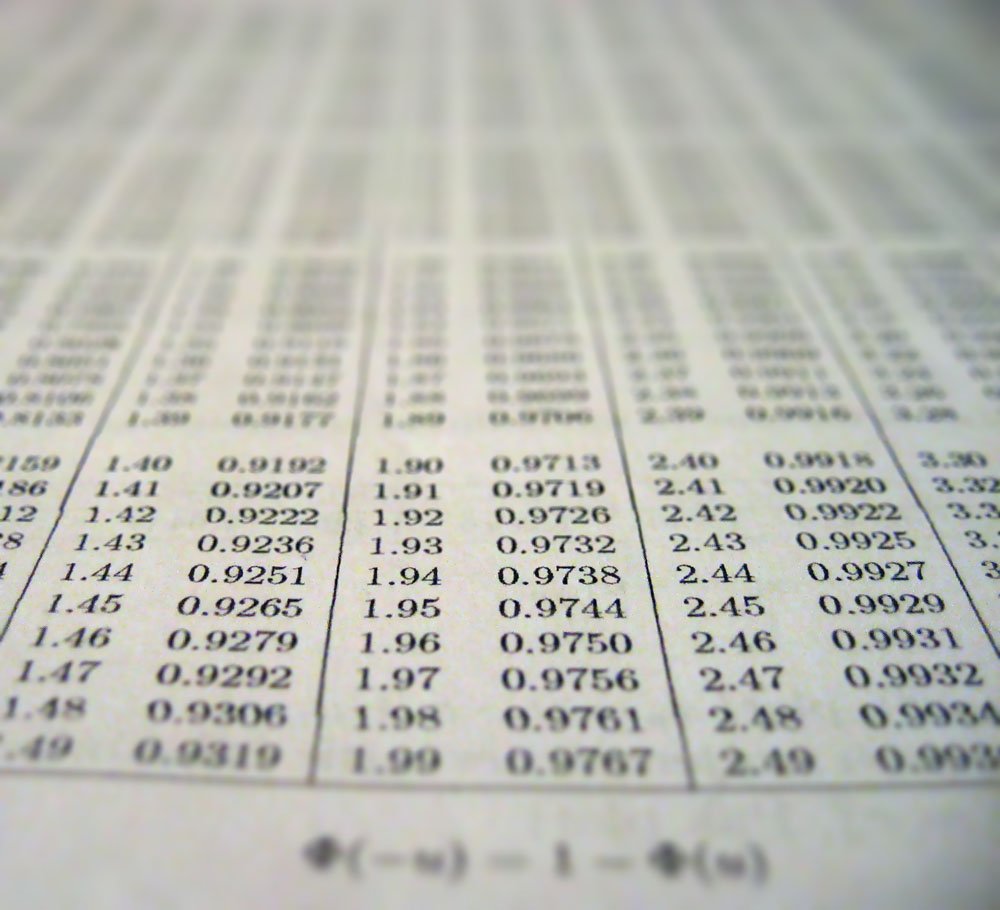How Data can impact athletic success in the twenty-first century.
Frequent Questions
- What is Data in athletics?
- What are their benefits?
- Are there any issues?

As competition in athletics increases new training techniques and philosophies are being created. Promotion of ideas and philosophies of training styles are being sold to young athletes and parents daily. Promised results from coaches and trainers lead to some success but more than not athletes frequently do not achieve the success they were promised. Typically this occurs as a result of very limited quantitative goals that are put into place for evaluation. Stats and analytics are becoming a growing part of many sports for this purpose. The use of stats and the analytics are shaping the way that players train, compete, and find success. So what type of data, statistics, and analytics are we talking about?
Lets first outline the use of some key terms in this article.
Data – Factual information (such as measurements or statistics) used as a basis for reasoning, discussion, or calculation.
Analytics – A detailed examination of anything complex in order to understand its nature or to determine its essential features.
Data and analytics can be a very useful to understanding the world around us in more detail. This information acts as a sixth sense for understanding the world.
How Data & Analytics can be used.
A good example of how they are used for developing athletes can be found in a recent article written by Harsh Mankad of Tenicity, A Roadmap for Improvement from Junior to Pro Tennis – As showcased by Match Data, he explains how the statistics of a pro tennis match can significantly help a young tennis player development. One of the great uses of data and analytics is that it is typically objective. Objective information can create fast and simple understanding.
- Set a measurable baseline of ability from which an athlete can make goals.
- Help players understand their performance in competitions.
- Allow athletes to see their growth areas.
- Increase accuracy of communication between athletes and coaches.
What are the Issues?
Information is only as useful as how it is applied. Stat lines can be detrimental to developing athletes if analyzed incorrectly and applied without accurate thought. The number of points scored and other stats such as this can put undue pressure on an athlete and create a sense of failure if not continually met. Without good communication athletes or parents can unintentionally make inferences about what the information really alludes to.
Stat lines may not tell the whole story about a competition or training session. The qualitative nature of a competition or training session is not something that stats can totally prove. Effort levels, quality of opponents, weather conditions, mental fatigue, and injury are factors that can impact stat lines. As mentioned above, stats and analytics are like a sixth sense, it may not tell all that is going on because it only tells ones part of the story. Making one part of the story the whole story can be a problem.
One draw back is the time it takes for data to be collected and analyzed. Many teams and coaches have assistants who collect data and analyze it. It is also important to decide what data is important to track and what analysis should be done to give the best conclusions possible. This can be daunting for those who are not comfortable or educated appropriately.
What are the Benefits?
When used well stats and analytics can give unbiased information that can lead athletes to deep and clear insight. The information can help athletes understand their blind spots and act as another information gathering tool to make understanding easier. Its important to know that Insight can frequently lead to change when it is accepted. Data and analytics have the benefit of allowing an athlete to see and think before getting defensive. Looking at a stat line can have less negative emotional impact on an athlete compared to a parent or coach giving their opinion. Data and analytics typically don’t carry emotional or relational baggage which leads to clearer communication.
Another positive about using data and analytics is that this information can be held and looked back upon later. Using data can give a clear understanding to evaluate if goals are meet or not. Improvement can be quickly seen when comparing data from two different competitions or training sessions. The number of mistakes can be compared in seconds in an unbiased way and progress can be seen.
Conclusion:
Athletics is an every changing landscape of training techniques and philosophies. Among all of the theories that exist for making an athlete better, the use of data, analytics, and information can be a grounding factor in helping an athlete succeed. The positives of collecting and using data definitely out way the drawbacks for athletes who are looking to find success.
